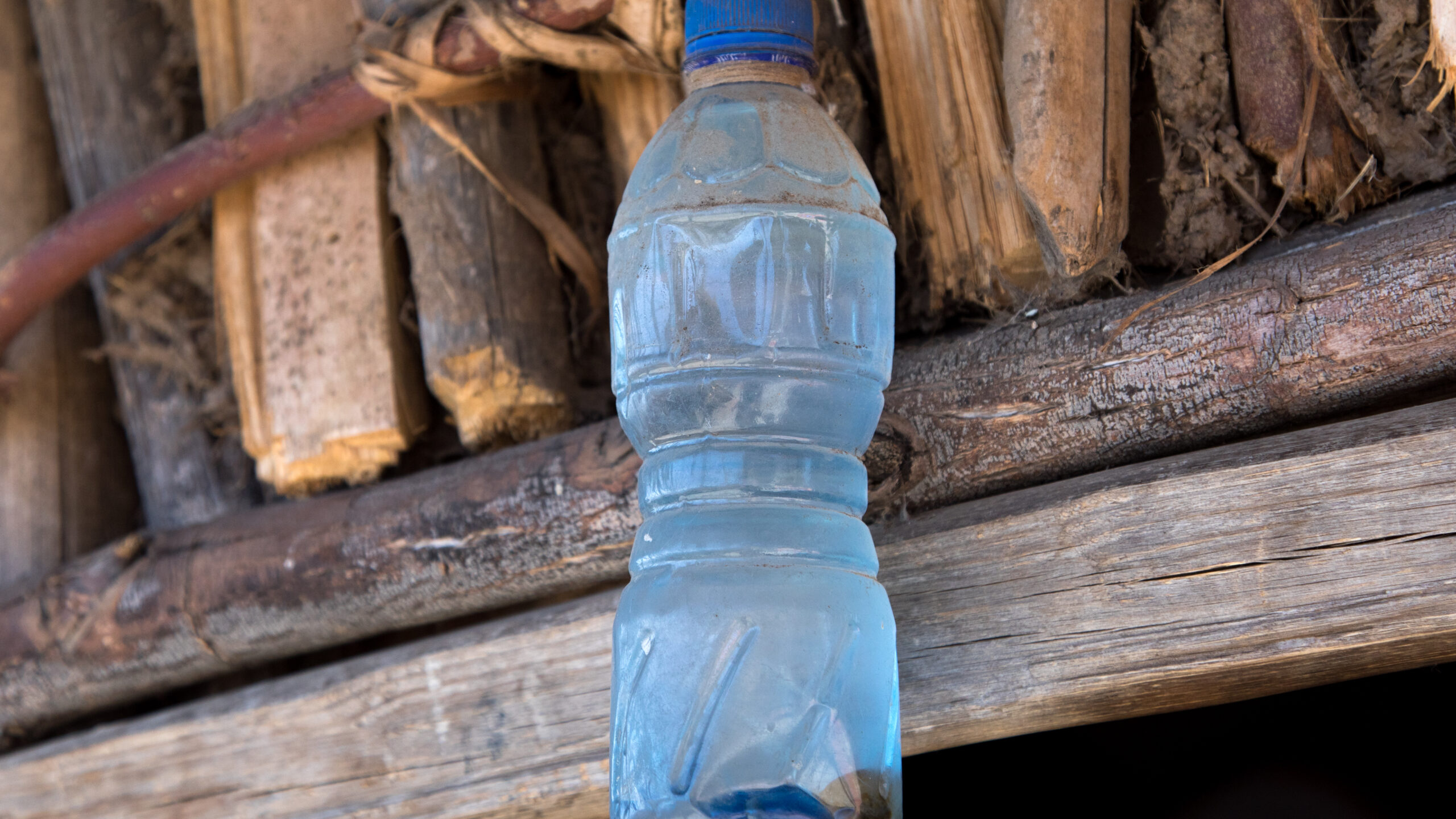
"As the infectious dose of V. cholerae O1 has been estimated to be 10 5-10 8 CFU, this suggests holy water was heavily contaminated and bacteria were viable during the flight."
"The cholera strain travelers brought home is resistant to various antibiotics and depicts a concerning trend of rising cholera cases linked to global travel and environmental factors."
"To combat cholera outbreaks effectively, sustained investment in water, sanitation, and hygiene (WASH) is crucial, especially in low-income countries needing overseas development aid."
"The extension of a cholera outbreak in Africa causing infections in Europe is unusual, highlighting the need for awareness among travelers about infectious threats."
Recent reports reveal that travelers returning from Africa brought a resistant strain of V. cholerae O1 to Europe, likely contracted through contaminated holy water. This strain poses significant treatment challenges due to its resistance to many antibiotics but remains treatable with tetracycline. The unusual spread of cholera raises concerns about infectious disease risks associated with travel and emphasizes the need for travelers to exercise caution. Experts advocate for enhanced water, sanitation, and hygiene investments to contain future outbreaks, particularly in low-income nations reliant on international aid for public health initiatives.
Read at Ars Technica
Unable to calculate read time
Collection
[
|
...
]